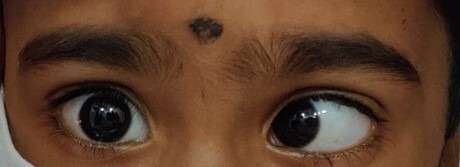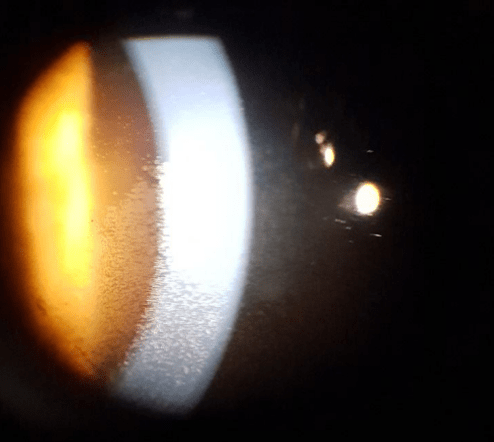pediatric ophthalmology
Pediatric Ophthalmology is a sub-specialty of ophthalmology that focuses on treating eye problems affecting children. If your child has an eye problem, difficulty reading or learning, or an eye illness, a pediatric ophthalmologist is the right person to treat your child.
Common eye problems in children
Squint
Squint means a misalignment of the eyes with each eye pointing in different directions. The eyes may be turned inwards, outwards, upwards, or downwards. Squint can occur during childhood or during adulthood
Amblyopia
It is a condition when the vision in either of the eyes is reduced due to inadequate use and the eye becomes lazy. It is among the common cause of poor vision in childhood.
Pediatric Retina
This is an eye disorder caused from the development of retinal blood vessels in the eye. Pediatric retinopathy is the primary cause of childhood blindness in premature babies.
Pediatric cataract
As with adults, Cataract among children also reduces visual acuity. Cataract in children can either be congenital or acquired. But it is very much treatable.
Refractive errors
These are commonly known as Near sightedness and far sightedness. These are treated through glasses depending on the power in the eye. Another form of refractive problem is Astigmatism. It is a condition where the front surface of your eye, the cornea, is irregular in shape thereby preventing the light to focus at one point on the back of the eye, the retina.

Squint


You should take your child to see a pediatric ophthalmologist if you notice any signs of poor vision, such as eyes that
do not seem to work together, frequent eye rubbing, squinting, or difficulty seeing at a distance or up close. Other reasons include eyes that cross in or turn out, a noticeable white pupillary reflex in photos, abnormal eye movements, or if your pediatrician recommends a vision screening.
